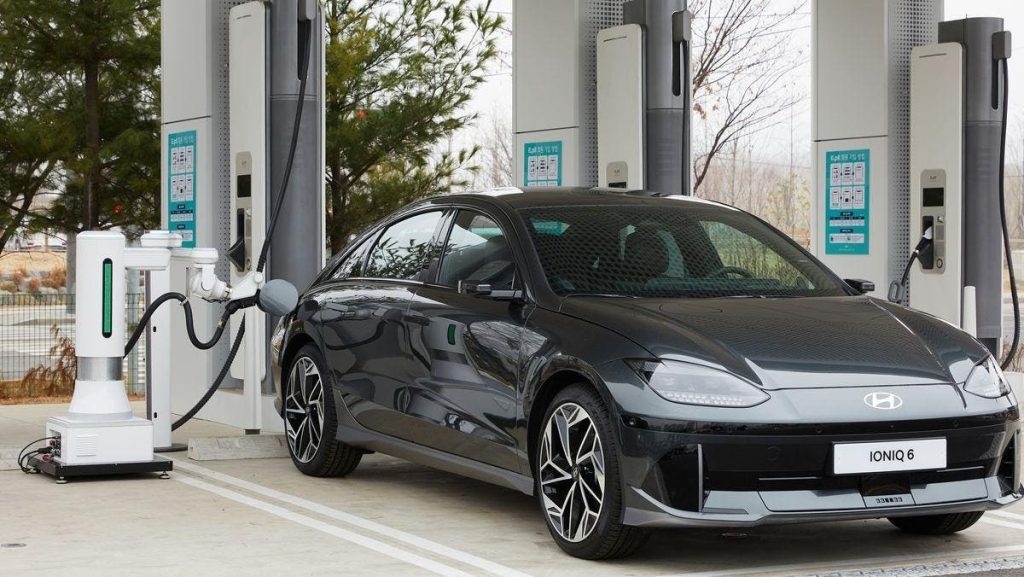The future of self-driving cars is rapidly approaching, with a focus on electric models that need efficient charging systems. Self-charging capabilities are being explored as a way for cars to travel to charging stations when needed, eliminating the need for a human to plug them in. This technology could revolutionize the way we charge electric vehicles, making it more convenient and cost-effective.
In the early stages, human plug jockeys may be needed to assist with plug-in, but automated solutions are being developed to streamline the process. Companies like Rocsys and Tesla are working on charging robots that can plug in vehicles without human intervention, reducing the need for costly infrastructure. These robots could be particularly useful in fleet yards or locations where manual plugging is challenging.
A major consideration in charging technology is the development of a new connector system that can cater to the needs of self-charging cars. Tesla’s NACS system has gained popularity, but there is potential for a new connector that could be specifically designed for autonomous vehicles. Wireless charging is also being explored as a convenient option for self-charging cars, allowing vehicles to charge without the need for precise positioning.
Battery swap technology is another potential solution for self-charging cars, as it eliminates the need for a human to plug in the vehicle. However, this system requires specialized battery packs and infrastructure, making it less feasible for widespread adoption. Vehicle-to-grid (V2G) technology is another emerging concept that allows cars to provide power to the grid when needed, potentially offering a solution for self-charging cars during peak demand periods.
Overall, the development of self-charging technology for electric vehicles has the potential to revolutionize the transportation industry. By automating the charging process, these vehicles can become more efficient and convenient for users. As technology continues to advance, we can expect to see more innovative solutions for self-charging cars that address the challenges of infrastructure, cost, and efficiency.


